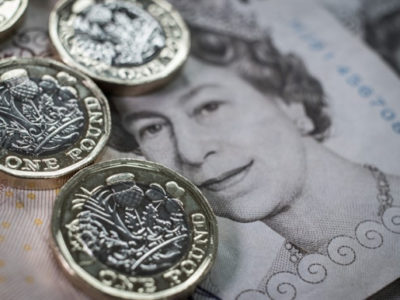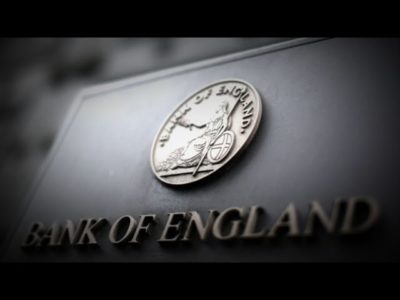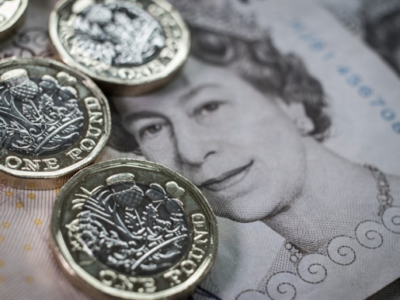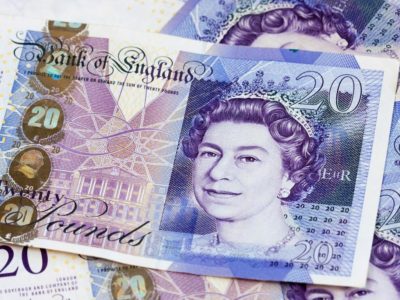GBP Analysis – 3rd of February
The BOE still plans to hike rates in late 2016 or early 2017, and this gives the currency strength to GBP fundamentally, however, the BOE cannot hike rates until they see inflation moving higher, towards the 2% target. Until this occurs, rate hikes will continue to be delayed. Read my full GBP analysis to learn more!
GBP Analysis
Interest Rate
Official Bank Rate: 0.50%
Last Change: March 5, 2009 (1.00%)
Expected Future Change: Increase (early 2017)
Next Release: February 4
Inflation
Inflation Target: 2%
Period: Year ending December 31
CPI: 0.20% Prior: 0.10%
Core CPI: 1.40% Prior: 1.20%
Next Release: February 16
Employment
Period: November (CCC), October (UR, AWE)
Claimant Count Change: -4,300 Expected: 2,500
Unemployment Rate: 5.1% Expected: 5.2%
Average Weekly Earnings 3m: 2.0% Expected: 2.1%
Next Release: February 17
Growth
Period: Year ending December 31 (Q4)
Final GDP: 1.9% Expected: 1.9%
Next Release (Preliminary Q4): February 25
On January 14, the Monetary Policy Summary showed no change in votes from 8-1 in favour of leaving the Official Bank Rate at 0.50%, and unanimous to keep the stock of purchased assets financed by the issuance of central bank reserves at £375 billion. CPI is expected to remain below 1% until the second half of 2016, core inflation remains subdued and the risks are to the downside for the forecast of reaching target inflation in two-years. Despite lower unemployment, nominal pay growth appears to have flattened off recently with Average Earnings missing expectations consistently throughout the fourth quarter of 2015.
The most recent jobs report, released on January 20, saw Average Earnings fall to 2.0%, below the expected 2.1%, marking the lowest level of wage growth since March. The ex-bonus figure dropped to 1.9% from 2.0%, however this was better than the expected 1.8%. Overall, the data continues to support the BOE’s suspicions that wage growth has been flattening of late and adds to arguments that rates are unlikely to be raised during 2016. Recent data however has been rather mixed as for the first time since August, the number of people claiming unemployment benefits fell as claimant count change came in at -4.300 compared to expectations of an increase of 4,100 as well as a positive revision on last months reading to -2,200. Furthermore the International Labour Organization unemployment rate continued to improve with a reading of 5.1%, its lowest level in over a decade.
CPI for December, released January 19, came in above expectations at 0.2% headline which was expected at 0.1%, and 1.4% core which was expected at 1.2%. On the month, headline CPI was up 0.1% and Core was up 0.2%. Although annual inflation is gradually improving it still remains far below the BoE’s target of 2%, subdued inflation is the key issue preventing the BOE from raising rates. The bank does not expect headline inflation to exceed 1% until at least the second half of 2016.
Preliminary GDP for the fourth quarter printed at 0.50% as expected, an improvement on the final reading of 0.4% for the third quarter. Annual GDP was also in-line with expectations at 1.9% which is slightly lower than the third quarter final reading of 2.1%. The annual figure has been slowly grinding lower since the second quarter of 2015 and now stands at the slowest pace of growth since Q3 2013.
The UK’s EU referendum has increasingly weighed on GBP sentiment, despite no definitive date except before the end of 2017 the EU referendum is becoming a focal point for the markets and UK politics. Several campaign parties have already been announced including ‘Britain Stronger in Europe’, ‘Vote Leave Campaign’ and ‘Leave.EU’ with more expected to be announced over the coming weeks and months. Recent speculation suggests campaigns could begin as early as this summer and with both the public and MP’s equally divided on whether Britain should stay or leave, the EU referendum is likely to remain a strong influence on GBP sentiment.
Global uncertainty stemming from China, the continued fall in commodity prices and increasing talk regarding the UK’s EU referendum have continued to weigh on GBP. Given the UK’s low inflation and Core CPI sitting only slightly above 1%, combined with the dovish MPC and the market pushing back expectations of a rate increase, we see GBP as a weak bullish currency rather than a wholly bullish one. This will remain the case until we see a noticeable move higher in CPI, or a strong upwards trend in average earnings. In the short term the GBP has the potential to weaken further as the market reprices BOE expectations.
The post GBP Analysis – 3rd of February appeared first on Jarratt Davis.
Source:: GBP Analysis – 3rd of February











